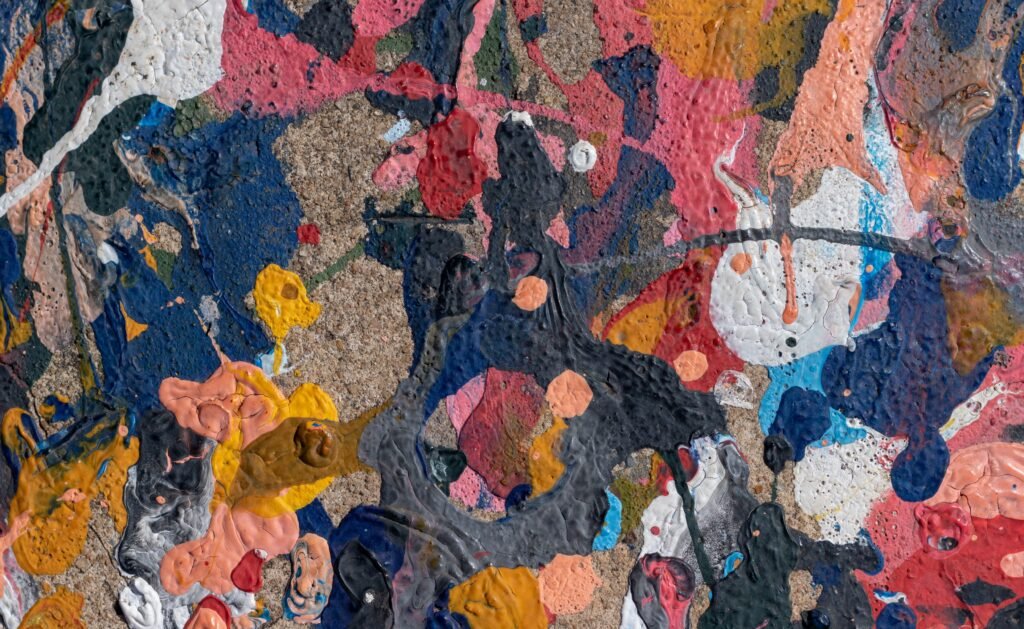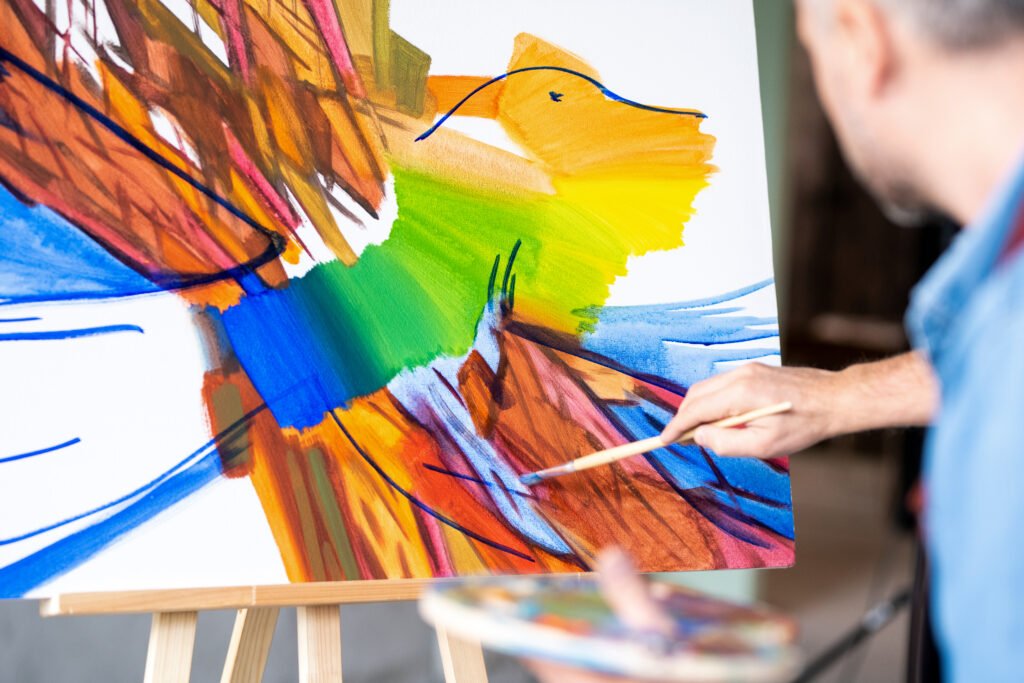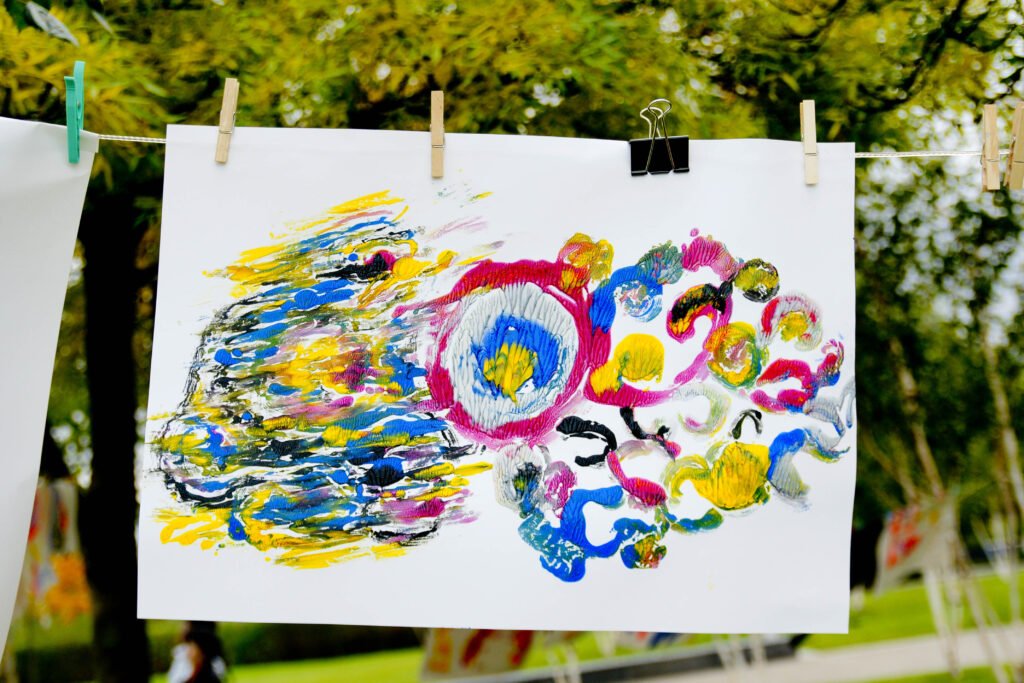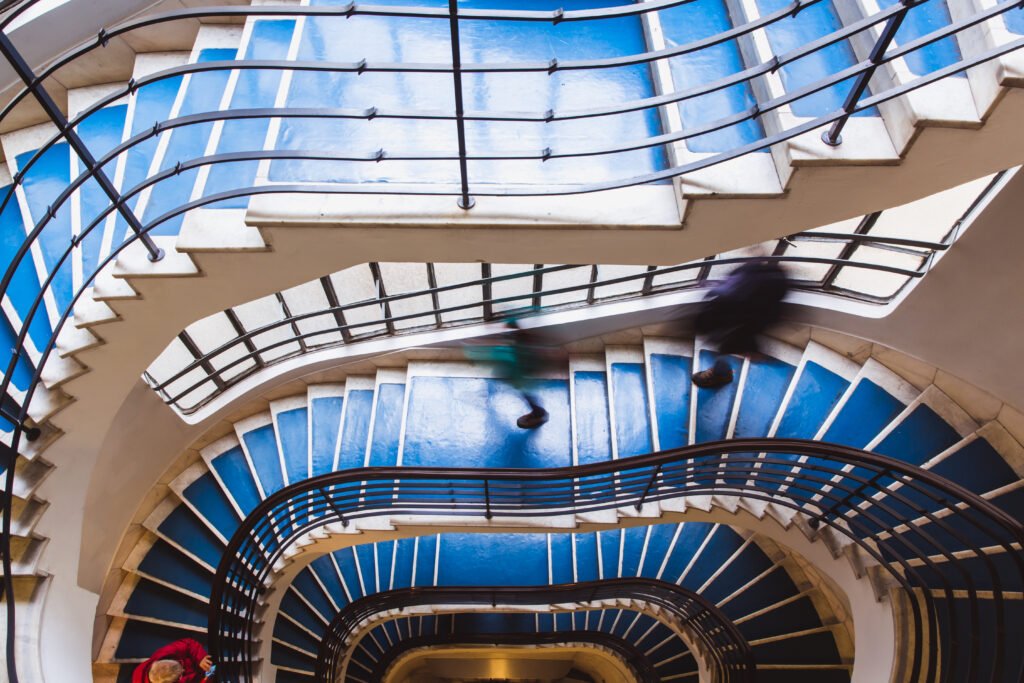Abstract art has spanned more than a century of transformations, continuing to spark debates about its relevance and place in the market. From its explosion in the early 20th century, with movements like Abstract Expressionism, to its presence in digital galleries and NFTs, the genre shows a remarkable ability to reinvent itself.
Today, when people buy abstract art or buy abstract art paintings, collectors are no longer seeking just visual aesthetics, but also conceptual value that reflects contemporary issues. In this scenario, the future of the style is built in a constant dialogue between tradition and innovation.
The Enduring Nature of a Timeless Genre
According to the book Art Since 1900 (Hal Foster et al., 2011), abstract art emerged as a radical break from figurative representation. This liberation from concrete forms allowed artists to explore the pure realm of emotions, colors, and gestures. It is this freedom that keeps the genre alive.
Museums such as the Guggenheim in New York continue to dedicate entire exhibitions to abstract masters like Kandinsky and Rothko. This constant presence in the art circuit shows that even with new languages emerging, abstraction still draws attention.
The future points to a coexistence between physical and digital formats. Traditional canvas works will continue to hold high value, but digital, animated, and even interactive formats will start to gain ground. This trend is already visible in virtual galleries like Saatchi Art, which sells both paintings and NFTs, bringing abstract art closer to younger, connected audiences.
The Market and Its New Demands
When buying abstract art, collectors and investors today look beyond aesthetic impact: they seek originality, authenticity, and increasingly, sustainability. According to the study The Art Market 2024 by Art Basel and UBS, conscious purchasing is on the rise, with a growing appreciation for works created with recycled materials or environmentally respectful processes.

Technology is also shaping the future. Artificial intelligence and augmented reality tools now allow buyers to visualize abstract art paintings in their own spaces before purchase, increasing confidence and personalization.
Additionally, online sales platforms are making the market more accessible. A collector in Lisbon can purchase a work by an emerging artist in São Paulo as easily as buying from a local gallery. This democratization expands possibilities and accelerates the circulation of new talent.
Abstract Art: New Creative Paths
The future of abstract art does not rely solely on new technologies or market trends. It is also in the hands of artists seeking to reinvent the language of the genre. According to the book Interaction of Color by Josef Albers (1963), experimentation is essential to keep art relevant, and in the abstract field, this means exploring new palettes, materials, and supports.
Today, we see artists blending painting, sculpture, and digital art to create hybrid works that defy traditional classification. Immersive installations, where the viewer becomes part of the work, are also gaining traction. One example is the exhibition Every Wall Is a Door at Superblue Miami, which combines art, light, and space to create unique experiences.
The trend is for abstract art to become even more interactive and sensory, expanding its presence in museums, galleries, and public spaces. Works that respond to the presence of the audience or change over time may be among the most promising directions.



